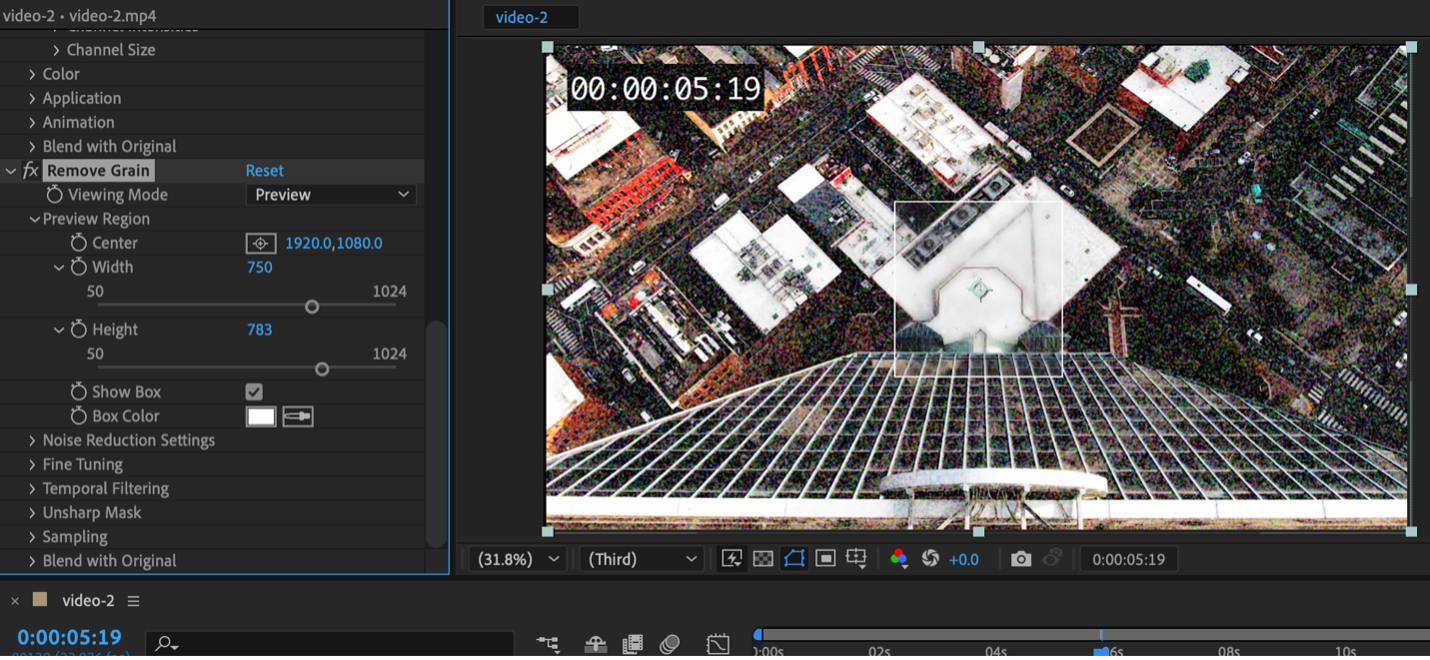

In other cases, we may randomly sample in the direction of the light, creating a higher value than reality. In some cases, our collected samples may miss the small light altogether, creating a dark spot. When it is the main source of light in a scene, there will likely be a lot of noise. These small areas of light create noise on the water, which gets compounded as it bounces off that surface and hits others objects in the scene (indirect lighting).įor a more simple case of noise and small, very bright areas, I placed a point light between a fantasy woman’s hands. In the Fantasy Girl with Horns scene above, there are many bright but small areas of light in the environment map because the sun is peeking through the trees. For example, when most of the scene light is coming from small and bright light sources, specular indirect lighting, or doorways and windows. What Determines the Amount of Noise in an Iray Scene?īased on my own Daz Studio experiences, Iray scene noise seems most pronounced when there are small, extremely bright areas in the scene. What then determines the amount of noise in an Iray scene? As you may have noticed though, some scenes take longer to converge than others, and some scenes are more noisy than others. Noise arises when we guess incorrectly, so the value of a particular point widely differs from what it should be. As we collect more and more samples, we will ultimately converge on a likely answer. The more samples we collect or iterations we run, the more time it takes, but the better our guess will be. Therefore, our Iray renderer must guess what the value of a point is by sampling light from a set of different but finite angles. However, it is simply not possible to calculate the value of a point with real-world accuracy, because we would need to sample light coming in from an infinite number of directions. For each point on the screen, it shoots out a ray from the camera to that point, then tries to determine its color/value.

Physically based renderers, such as Iray, tries to approximate the physics of reality. It may receive light from outside, there may be shadows cast from nearby objects, and there may be indirect lighting from nearby surfaces. Any single point can receive light from an infinite number of directions. We do not normally think about it, but real-world lighting is very complex.


 0 kommentar(er)
0 kommentar(er)
